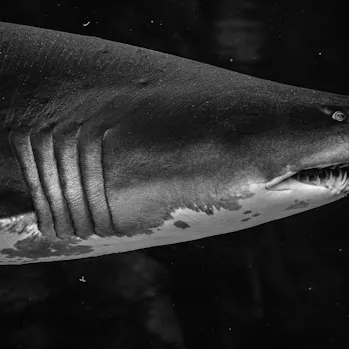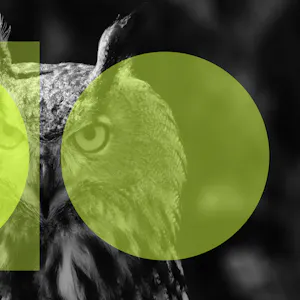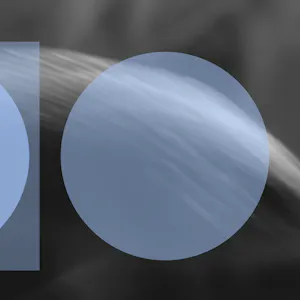Emerging threats

We support organisations striving to build a trustworthy, safe online environment where users can engage authentically in their communities.
Cross-sector corporatesWe support international government organisations and NGOs working to provide infrastructure or improve the capabilities, security and resilience of their nation.
International programmes and developmentWe support commercial organisations operating in a digital world, seeking to protect their reputation and prevent business disruption caused by cyber attacks and compliance breaches.
UK government and public sectorWe support UK government organisations responsible for safeguarding critical infrastructure, preserving public trust, and maintaining national security.



Good things come in threes, unless you’re Mali, Burkina Faso, and Niger, enjoying successive coups in 2021, 2022, and 2023 respectively. Their response to the instability was to create a modern-day triumvirate; a political alliance known as the Alliance of Sahel States (AES) in September 2023. AES emerged as a mutual defence pact between the three states, after the Economic Community of West African States (ECOWAS) threatened to take military action against the Nigerien military. With the end of the France-led Operation Barkhane and the expulsion of both ECOWAS and French elements, AES is now the crucial first line of defence the three countries have against Islamist militant groups and, in the case of Mali, the Tuareg uprising in the north of the country as well. Combine the logic of good things coming in threes with the fact that all good things must come to an end, and it would be foolish to think this triumvirate a party of three. Over the course of the last few years, Russia has steadily established itself as AES' favourite alternative to France - a more desirable military, economic and digital partner, that allegedly stinks less of neocolonialism.
On paper, the triumvirate has hailed the establishment of AES as the solution to most of the region's problem. In practice, AES has yet to deploy any actual units, and the three national armies— supported by the Private Military Company Wagner—have struggled to make real advances against the militants and the Azawad front; with well over 100 unarmed Burkinabe civilians believed to have been killed by militias in just a few hours on 24 August 2024. What has happened online, however, is an entirely different story.
Over the course of the summer—as militant groups inflicted significant defeats and massacred civilians unchecked—pseudo media outlets cropped up all over social media platforms, amplifying the alleged key advances that AES was making against militant groups within the borders of the three states. These outlets, which target West African audiences in general, leverage generative AI to create TV presenters—and often military victories—out of thin air, positioning the Kremlin and PMC Wagner, as well as the AES triarchy, as the real heroes of the region.
While selling pre-packaged lies and leveraging their position in the region, Russia and AES are also relying on these outlets to oversaturate their information environments; reducing the spread and the amplification of the footage that Islamist militants in the region continue to shoot during their attacks and distribute at scale on the web. The fact that these outlets amplify content from other news publications and Russia Today, with a cursory attempt at blurring the watermarks, further shows that pumping out content at scale seems to be more significant than making it believable and hiding its true origins. Crucially, in the Sahel, Russia is not playing cat-and-mouse with authorities and regulators, sneaking influence operations here and there. Rather, it is trying to outrun the livestream of Wagner's defeats and the massacres against the civilians it was paid to protect. While international media may have little appetite for the violence of the Sahel, at regional level, the footage makes the rounds, with civil society organisations making formal enquiries into the armies' conduct in the face of the Islamist insurgents. It remains to be seen whether the triarchy and its Muscovite partner will be able to televise the counter-insurgency.
More about Protection Group International's Digital Investigations
Our Digital Investigations Analysts combine modern exploitative technology with deep human analytical expertise that covers the social media platforms themselves and the behaviours and the intents of those who use them. Our experienced analyst team have a deep understanding of how various threat groups use social media and follow a three-pronged approach focused on content, behaviour and infrastructure to assess and substantiate threat landscapes.
Disclaimer: Protection Group International does not endorse any of the linked content.

At their core, artificial systems are a series of relationships between intelligence, truth, and decision making.

Feeding the name of a new criminal to the online OSINT community is like waving a red rag to a bull. There’s an immediate scramble to be the first to find every piece of information out there on the target, and present it back in a nice network graph (bonus points if you’re using your own network graph product and the whole thing is a thinly veiled advert for why your Ghunt code wrap with its purple-backlit-round-edged-dynamic-element CSS is better than everyone else’s).

There is a tendency to think that modern problems require modern solutions. Got a problem with AI-generated content? Your only hope is to build an AI-powered detection engine.